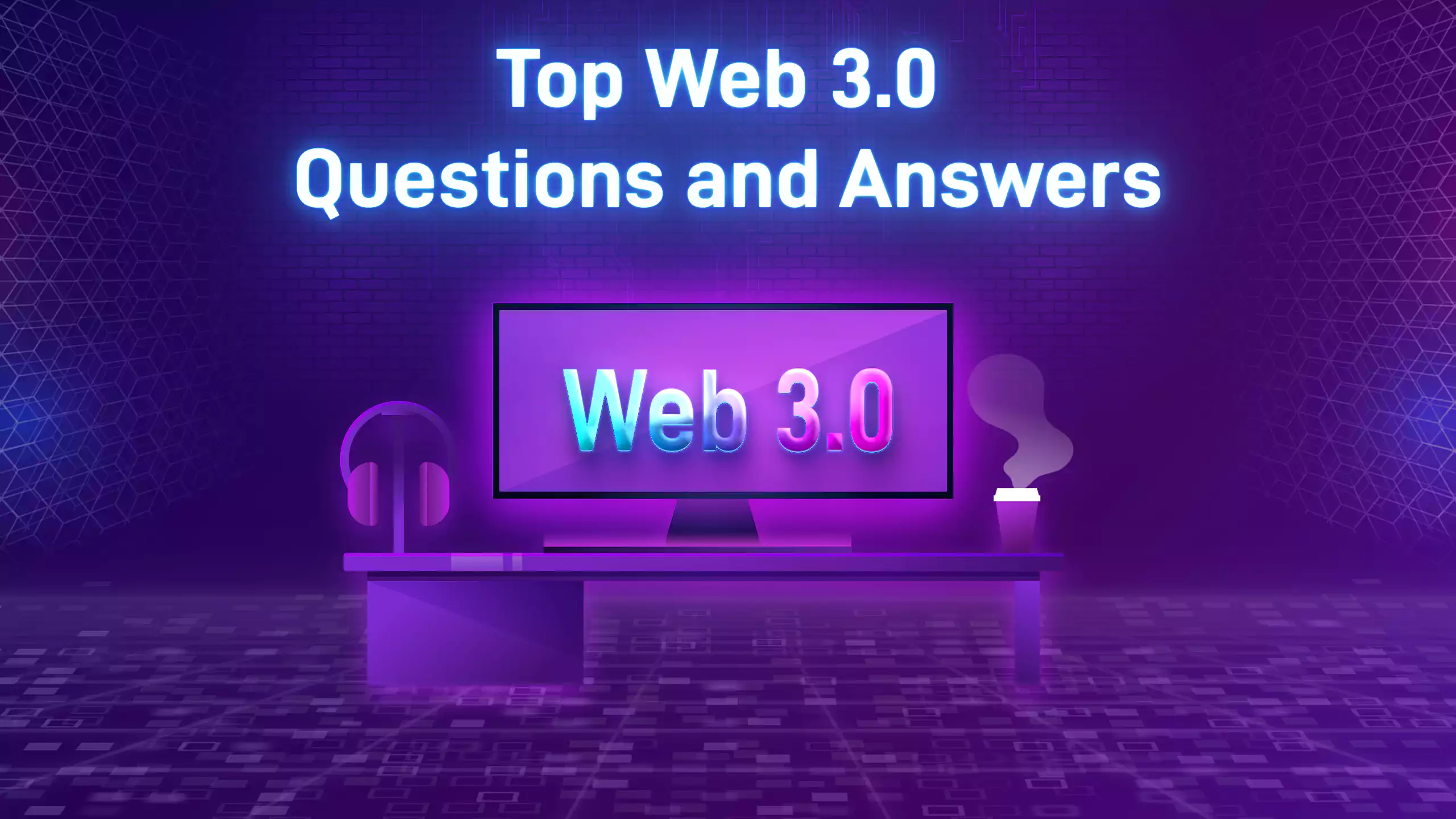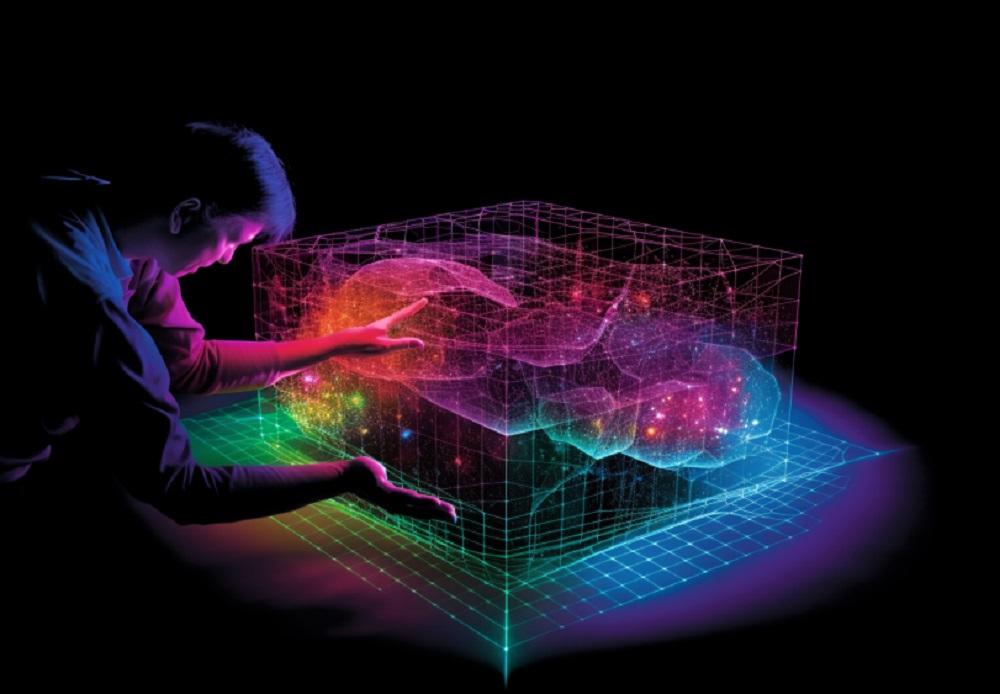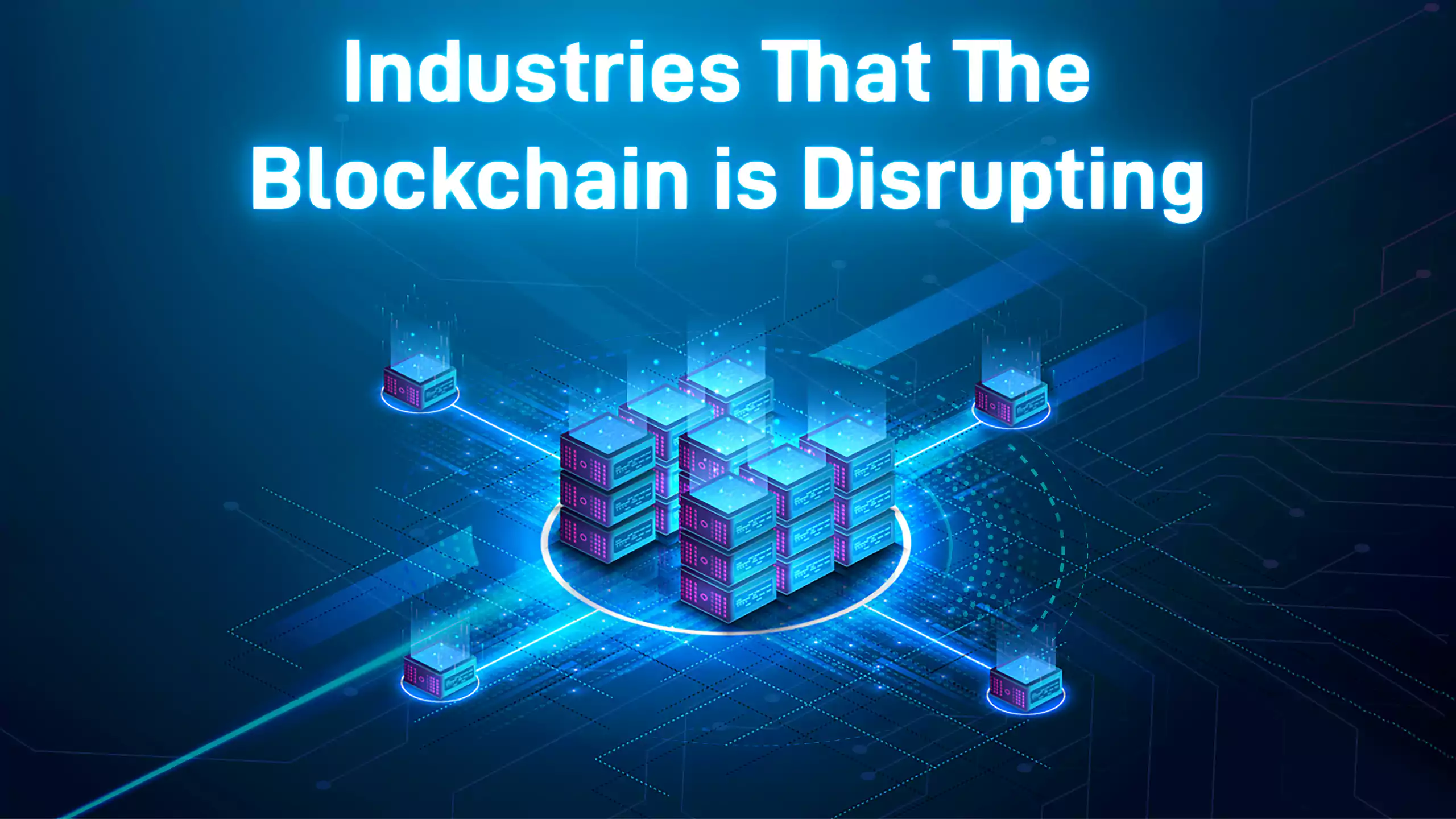Imagine an internet that does not only interpret your inputs but can also tailor all your data to suit your personal preferences. We are presently at the latest stage of the evolution of the internet, and some early pioneers already termed it Web 3.0 or Web 3 for short. The introduction of Web 3 has drawn a lot of attention, as investors and enthusiasts alike are eager to discover the many possibilities it holds. However, one might ask: what exactly is Web 3.0? What are the investment potentials? How will it shape the future of the internet?
These and many more are some of the questions facing Web 3.0 enthusiasts and potential investors. In this guide, we shall be providing answers to some of the top questions regarding Web 3.0, presently heralded as the future of the internet.
What Exactly is Web 3.0?
Web 3.0 is considered the next generation of the internet as we all know it. Web 1.0 was the first internet generation that spanned from the 1980s to the early 2000s. It was established by the United States Defence Advanced Research Projects Agency (DARPA) in 1973. This was followed by Web 2.0, which is the second generation of the internet and the current version of the internet we use.
Web 3.0 is the upcoming generation of the internet that allows applications and websites to process data in a smart human-like manner using technologies like decentralized ledger technology (DLT), Big Data, and machine learning (ML), among others. Tim Berners-Lee, the inventor of the World Wide Web, previously referred to Web 3.0 as Semantic Web, and was focused on being a more open, intelligent, and autonomous internet. Web 3.0 allows for data to be interconnected in a decentralized manner, which is vastly different from what obtains in our present generation of the internet, Web 2.0, where information is stored in a centralised way.
Furthermore, machines and users in Web 3.0 will communicate with data. However. For this to take place. Programs need to conceptually and contextually understand information. With all these in mind, the two building blocks of Web 3 are artificial intelligence and the semantic web. Web 3.0 networks will function through decentralized protocols, which are the cornerstones of cryptocurrency and blockchain technologies.
How Will Web 3.0 Decentralize The Internet?
Advancements in blockchain technology have introduced new concepts such as decentralized finance, decentralized autonomous organizations, decentralized applications, etc. Web 3.0 is the leading advancement into a decentralized internet that is blockchain-powered. Users on this internet will access various decentralized social media applications (dapps), which allow them to make rules on content that can be posted or not through voting efforts.
Additionally, participants will move from censorship-resistant social dapps towards decentralized search engines to DeFi protocols and later to the Metaverse without difficulty. They can accomplish this seamlessly since their data will be kept on their accounts, login-free. This process will be enabled through Ontology, which involves the naming and classification of data. Machines generate data using categorization and using an ontological language. Machines will connect with each other in the course of the automatic processes accurately.
The implementation of DAOs will enable users to monitor changes to the networks and platforms they use. With machines communicating with each other directly and smart contracts performing tasks automatically, there will be less need for a centralized authority that controls contents. And smart contracts will get smatter via improvements in AI technology. The possibilities are endless and don’t require participants to sacrifice their data as Web2 requires.
What Are Examples of Web3 Applications?
There are lots of Web3-based applications that have emerged following its introduction. Bitcoin is an example of a Web 3.0 application. It is a digital decentralized virtual currency that can be transferred from one person to another on a peer-to-peer Bitcoin-based network without needing intermediaries. Another example of a Web 3.0 application is Sapien. The platform is a decentralized social news website built on the Ethereum blockchain.
It allows users to develop their applications without advertisements or payments. Everledger is a blockchain-based web3 platform that offers users a distinct record of their data. Users can store their data in the cloud and access them whenever they desire. Non-Fungible Tokens (NFTs) are another type of Web3 application. NFTs represent secure ownership of distinct digital assets like artworks, domains, or graphics. Other examples of Web3 apps include OpenSea, Diaspora, Augur, Uniswap, etc.
Is Web3 Connected to Metaverse?
While Web3 and metaverse are commonly used interchangeably, both terms are not the same. The metaverse is a concept that aims to integrate the physical and digital worlds. Supporters of the metaverse believe that such a future is inevitable and that people shall one day live their life in a world that is partly augmented in some aspects. The concept gained widespread attention following the rebranding of Facebook as Meta, one of the biggest moves in actualizing the metaverse.
Web3, on the other hand, is a decentralised edition of the internet and has no bearing with augmented physical reality. While Web 3.0 protocols like peer-to-peer cryptocurrency trades and NFTs may be utilized in the metaverse, Web3 is essentially distinct from the metaverse.
How Soon Before We Witness the Arrival of Web3?
Like those discussed above, many projects or applications are currently based on Web 3.0 protocols. Presently, there are viable alternatives such as Handshake redirecting web users to Web2 when an item can only be found there. This enables them to utilise Web 3.0 without doing away with the familiarities of Web 2.0, which is the present internet. It is currently difficult to accurately predict the level at which Web 3 functions will become widely created. Former versions of the internet took years to develop. It is presently impossible to state when a full-blown Web3 will exist.
However, with each passing year, more and more Web3-based applications are developed for curious users. The current growth in blockchain technology also increases the prospects of the actualization of Web 3.0.
What are Possible Challenges Facing Web3?
The development of Web 3.0 is still in the early stages; however, some concerns have been raised by potential investors and members of the community. One of such challenges is the technological scalability of Web3. Like in every stage of the internet evolution, the speed of data processing on decentralized networks is noticeably inferior to that of centralized Web2. The user experience of present Web 3.0 apps is more complicated and tedious than Web 2.0.
Additionally, there is a concern about how decentralized Web 3.0 will be. The current functionality of Web 3.0 is based on the infrastructures of Web 2.0. Should the infrastructure of providers like Amazon Web Services fail, the majority of Web 3.0 apps will not be available. These and many others are some of the potential challenges facing Web2.
Conclusion
Web3 is the next stage of the evolution of the internet. It is a privacy-based and decentralized internet that allows users to take ownership of their profits and data away from a centralized intermediary into their communities. It promises many opportunities
and unique innovations and proponents are optimistic about the positive impacts it would have on the internet.






